Vegetable gardening can be one of the most rewarding experiences in life. Eating your own fresh vegetables picked straight off the plant or fresh from the ground with the real taste still intact beats store brought produce every time.
Clay is one of the most difficult mediums to grow plants in. The particular mix is so fine that oxygen and water have a hard time getting to the roots of any plant. Hard as concrete in the dry and waterlogged in the rainy season. Without special preparation you will be lucky to even get weeds to grow.
To prepare the garden a maddock was used to break up the clay into smaller pieces. It is actually better to do this when the clay is dry, rather than waterlogged. Its just heavier when wet and sticks to the maddock. This is time consuming back breaking work. But take a small patch at a time and come back after a rest. Take several days to complete the vegetable patch, gardening is to help build the muscles, not destroy them.
Whilst doing this task many times rock was hit, however most rock on the Gold Coast shatters when hit and breaks into smaller pieces. While many of these were removed pieces smaller than half the size of your fist were left in on the advice of garden manuals. Why? It is said that small rocks help drainage and add minerals to the soil over time. So long as the don’t make up more than 5%-10% of the soil, leave them in. Eventually a base of the patch was layed out.
To further soften and break up the clay store brought clay breakers were added. Easily available at your gardening or hardware store they are added to water and sprayed on the garden though they work best over a period of time.
Next Gypsum was added. This comes in large bags and is easy to spread out by hand, mix in with the clay and it too will further help ‘relax’ the clay.
Some would say, why not just buy a bunch of topsoil and dump it down. Well for a couple of reasons, firstly I have yet to find a good provider of topsoil in Queensland. Most just provide sand with a minimum of organic material mixed in – just enough to darken the sand.
The sand is actually poor draining because it is much too fine. Some argue that you can help clay soil by adding sand. But unless the sand is a fine to small gravel I believe you are wasting your time. Sand that is too fine, acts just like a clay soil, it repels short spells of rain or irrigation or becomes waterlogged during a tropical downpour or solid irrigation. The second reason why I don’t just buy the topsoil is because if the topsoil is not mixed in and bound to the subsoil it will just wash away.
To really bring the clay soil up to grade you need to add bio matter. Quality top soil is made of plant and animal materials decomposed or in the state of decomposing. Compost made of of shredded leaves, wood, grass clippings and vegetable/food rubbish is good.
But the best material I had available for this garden was straw and chicken waste. With a pen of twenty chickens plenty of nitrogen rich matter was produced. Every three months the coup was cleaned out, the straw smelling strongly of ammonia. However once put on the garden the smell quickly went and the straw and its ‘added’ contents quickly broke down into the soil. I can recommend nothing better to add to the soil.
If you must add something else to quickly create a topsoil and can’t wait for compost or have no chickens then I recommend products such as worm castings or 6 in one products (includes blood and bone, fish compost, etc), they come in 20kg plus bags and range in price between $5 and $15. Several of these, or if your budget handles it 10-20 of these really help to condition the soil.
Now the garden is ready for sowing. In the garden pictured above sweet corn, snow peas, peas, beans, garlic, tomatoes, pumpkins, potatoes, beatroot, lettuce, cabbage and much more were grown in such abundance it meet our needs. A small vege patch with good soil, well planned can add to massively to your diet.
Unfortunately this garden no longer exists as we moved on from my parents lifestyle block. But as testament to the quality of the soil and the work put into it this small area needed mowing twice as much as the rest of the lawn with quality, healthy, green grass growing quicker with more water in the soil than the rest of the lawn.
If we prepare the soil well we need less water. If we work with our environment, keeping back water in the times of plenty and molding the environment correctly wonderful results can be achieved.

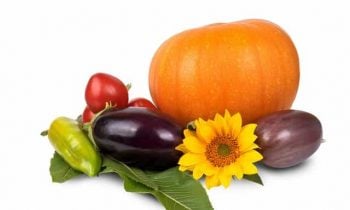 Growing Trend of Organic Gardening
Growing Trend of Organic Gardening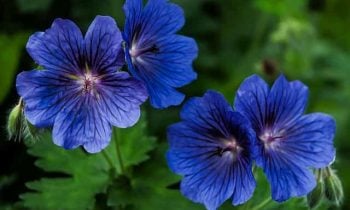 Wild Flower Garden
Wild Flower Garden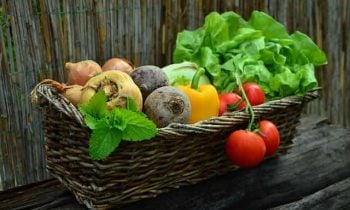 Gardening Vegetable
Gardening Vegetable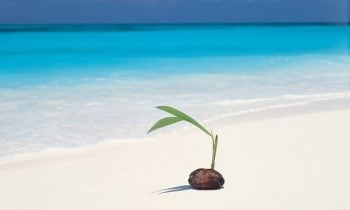 Planting Seeds
Planting Seeds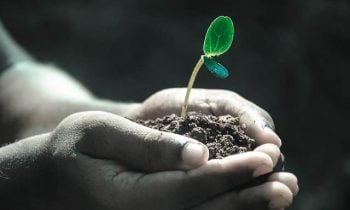 What is Soil?
What is Soil?